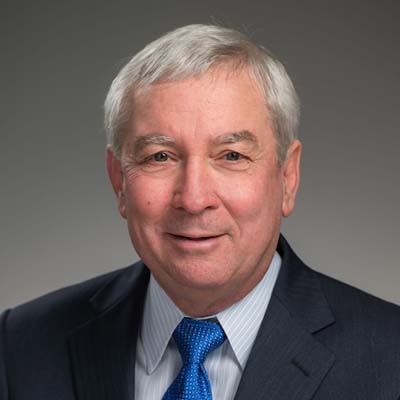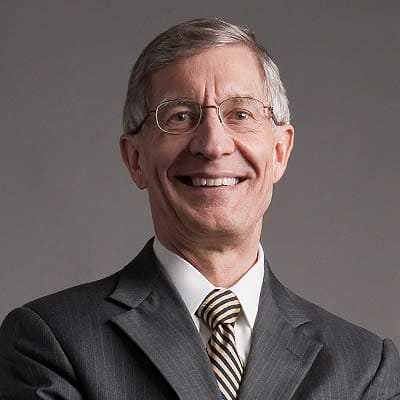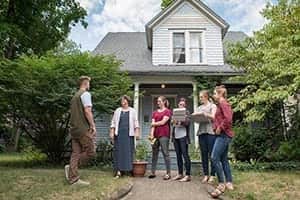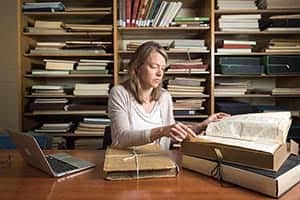
The pursuit of innovation has long played a central role at the University of Notre Dame. From the development of the formulae for synthetic rubber, to the first wireless radio transmission, to pioneering research into human flight, the University has been home to scholars whose accomplishments reverberate throughout history. While Notre Dame has continued its commitment to inquiry and endeavor over the entirety of its history, creating the circumstances for achievement has evolved over time.
This was expressed in 2005 when University President Rev. John I. Jenkins, C.S.C., cast a vision to build a Notre Dame that was bigger and better than ever. Not only did Father Jenkins set out to lead a great Catholic university for the 21st century, but also one of the pre-eminent research institutions in the world.
Notre Dame committed to uniting and integrating two elements critical to their makeup—academic excellence and Catholic faith—by growing research as a significant part of the University, and building upon the foundations provided by previous presidents Rev. Edward A. Malloy, C.S.C., and Rev. Theodore M. Hesburgh, C.S.C.
After University leadership set out on a new path of research growth—remaining true to the mission to be a “powerful means for doing good” in the world—faculty and researchers have achieved record funding, year after year, which in turn is used to help the world combat disease, fight poverty, foster peace and care for the environment in 65 countries.
Global footprint
Research projects awarded funding since 2010
“These research investments were meant to enhance the reputation of Notre Dame by building on existing expertise and investing in our faculty as leaders of discoveries in cancer, computation and sustainability and other areas that tie to our mission.” — Robert J. Bernhard
Although growth in research programs isn’t unique, Notre Dame’s steep trajectory is. Since 1990, total research spending by U.S. institutions of higher education has grown by just over 237 percent. But during that same time at Notre Dame, research spending has grown by over 400 percent. And in the last 10 years, with the establishment of new centers, institutes and facilities, the University has doubled research awards received from government, foundational and industry sources.
But before the University leaders could create an ecosystem to grow its research, they had to determine what that change would look like.
New to his role in 2005, Provost Thomas G. Burish began investigating. For two years, Burish garnered commitment and feedback from key University stakeholders, especially from the faculty. He gathered resources to support the endeavor and talked with external experts about what they thought was vital for strengthening research at Notre Dame. One key outcome of this was creating the position of, searching for, and then hiring, a vice president for research.
“When this position came across my desk, I immediately saw that it was unique,” said Robert J. Bernhard, vice president for research at Notre Dame and professor of aerospace and mechanical engineering. “After coming to campus, speaking with faculty and confirming that the University was serious about its commitment, it seemed like all my career experiences had led me to this role.”
Bernhard was hired in 2007 and his task was ambitious—to double Notre Dame’s research expenditures, which sat at $80 million. Bernhard said that in order to do it, the University had to become more attractive to external funders and compete with research institutions that had maintained multiple longstanding, successful research programs.
“When the process began, it wasn’t that there was a lack of appetite in growing research programs, it was enabling faculty to pursue their lofty goals and creating an atmosphere where they could make them happen, which meant providing the tools they would need to compete with other elite universities,” said Bernhard.
Notre Dame’s research expenditures more than doubled in last decade
In 2006, Burish formed a committee to create an award competition to spur interest in research; a second competition followed several years later. Each was intended to grow areas of historic excellence and empower faculty interest by creating Strategic Research Initiatives. This endeavor amplified existing programs like a research institute in global health, later endowed as the Eck Institute for Global Health with a generous gift from the Eck family. Additionally, the competition formally established initiatives such as the Notre Dame Institute for Advanced Study (NDIAS).
While the University’s history in the humanities was key to developing the NDIAS, which convenes an interdisciplinary group of renowned faculty fellows from around the world each year, the Eck Institute for Global Health was a natural extension of Notre Dame’s reputation as a leader of vector-borne disease and parasitology research.
Alternatively, other strategic research initiatives like the the Environmental Change Initiative, NDnano and ND Energy, developed out of a call to centralize research efforts across campus that had similar or overlapping objectives. For these, investment from the University was key to helping recruit new faculty across disciplines, encourage out-of-the-box thinking and develop new research teams.
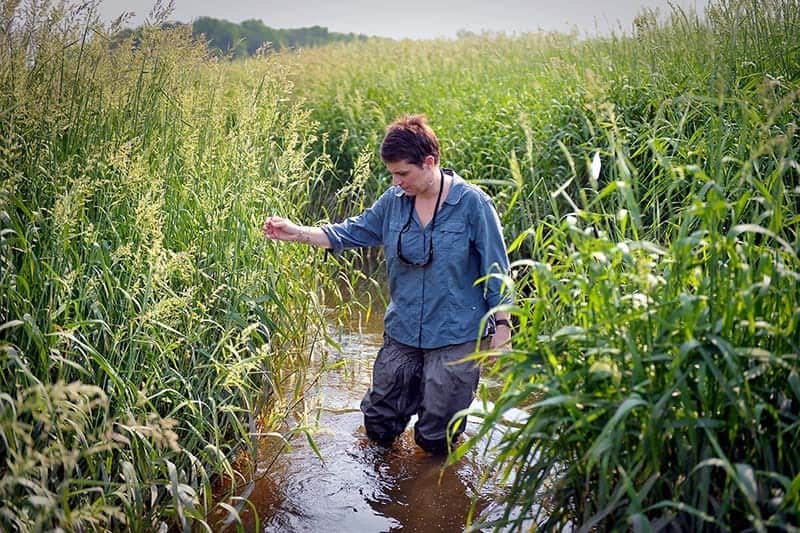
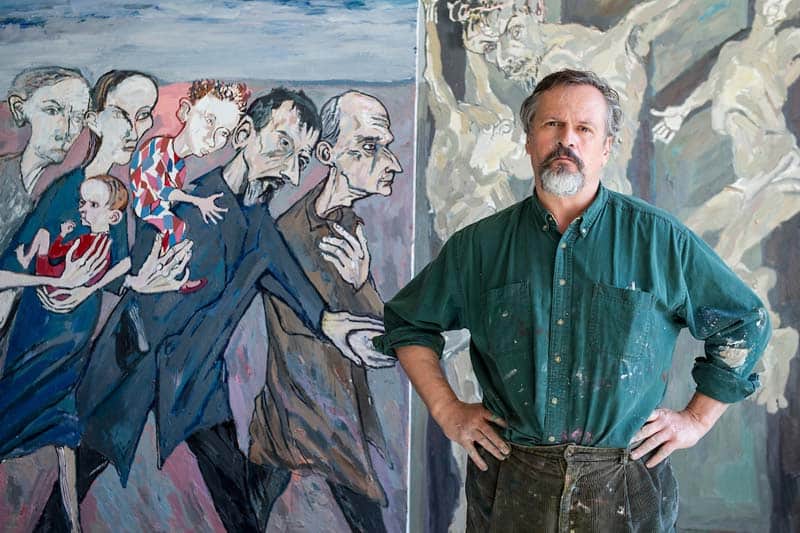
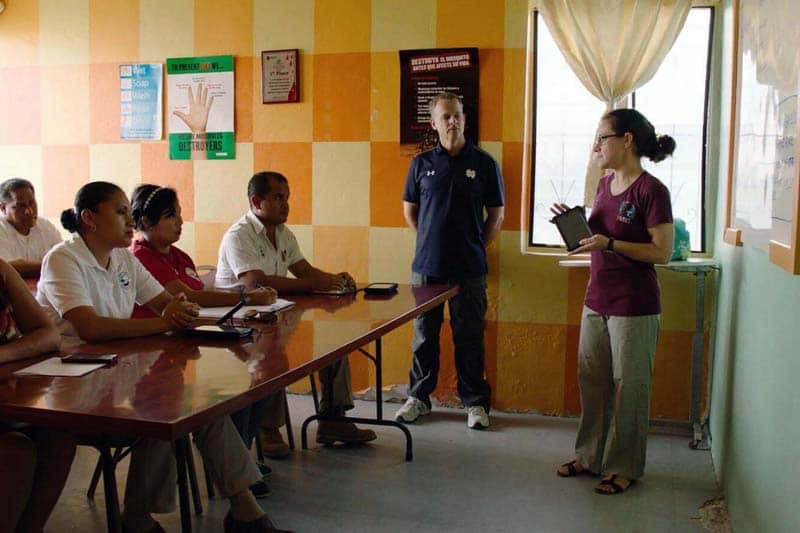
“These research investments were meant to enhance the reputation of Notre Dame by building on existing expertise and investing in our faculty as leaders of discoveries in cancer, computation and sustainability and other areas that tie to our mission,” said Bernhard.
Eventually, leadership also worked to establish similar initiatives that evolved from a need to create new research programs that had a particular fit to the University’s mission, such as the Pulte Institute for Global Development, which aims to empower the world’s poorest and most vulnerable populations by addressing global poverty and inequality through policy, practice and partnership.
More than a decade later, these areas of research investment are now cornerstones to some of the University’s most impactful and collaborative research and education programs. For example, in 2019 Professor John Greico, assistant director of the Eck Institute for Global Health, and his team received $33.7 million to lead a research program to identify more effective tools for eliminating mosquito-borne diseases, such as malaria and dengue fever. The Unitaid-funded program was at the time the largest research grant awarded to a single proposal in Notre Dame’s history.
With major financial investments from the University and new research areas in place, leadership went about providing both physical and human infrastructure to support these investments and other programs of research, scholarship and creative endeavor. These included acquiring essential equipment, building physical space for state-of-the-art facilities and hiring expert technicians who could support those facilities, their equipment and faculty research. Bernhard says that these facilities, known as core facilities on campus, were key to attracting new, large awards.
More infrastructure for organized research
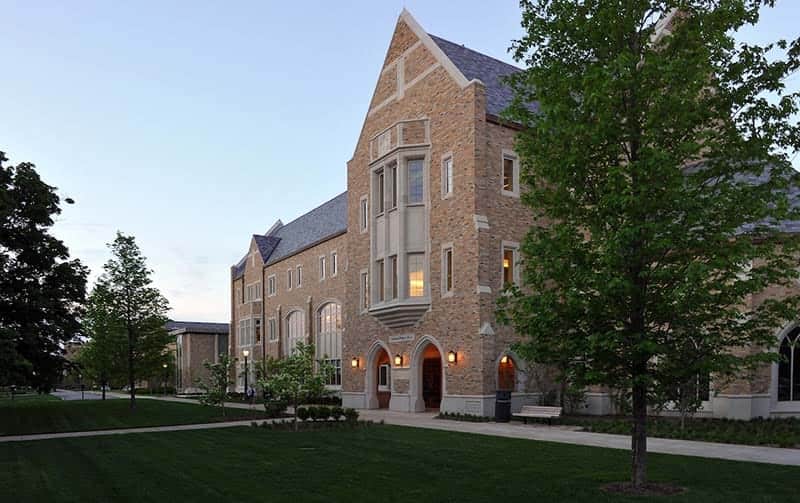
Stinson-Remick Hall
35,436 sq ft of organized research space
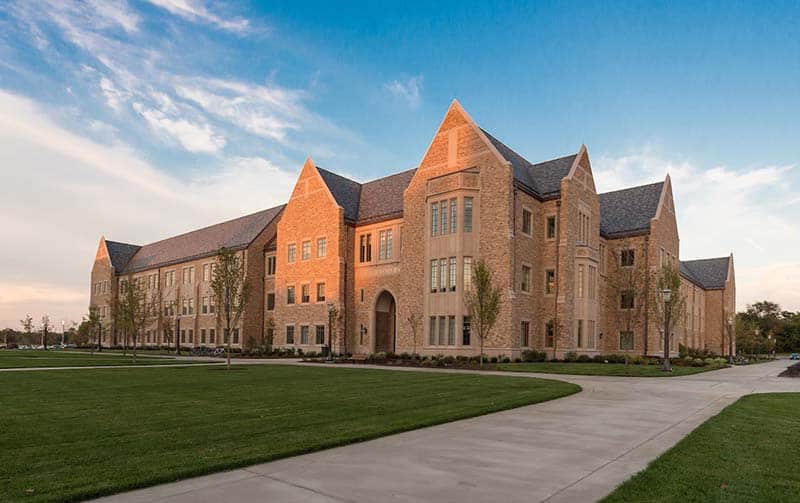
McCourtney Hall
48,537 sq ft of organized research space
One such space was the nanofabrication facility in Stinson-Remick Hall. A 9,000-square-foot cleanroom that opened in 2010, this core facility allows researchers to use a wide range of materials in a variety of processes and techniques for developing the next wave of nanotechnology. The nanofabrication facility is also important for training the next generation of nanotechnology developers. In addition to graduate and postdoctoral scholars in the cleanroom, engineering undergraduates also have access to it as part of a course taught by Professor Greg Snider where students create integrated circuits.
This facility—in addition to Notre Dame’s leadership of key nanotechnology research awards such as the Midwest Institute for Nanoelectronics Discovery in 2008 and the Center for Low Energy Systems Technology in 2013—helped the University develop a program that could support the Applications and Systems-driven Center for Energy-Efficient Integrated Nano Technologies (ASCENT). The now $38.1 million effort is led by Suman Datta, the Stinson professor of nanotechnology, who joined the University in 2015, in partnership with 29 principal investigators at 13 research institutions to provide breakthrough advances for the performance, efficiency and capabilities of nanoelectronics.
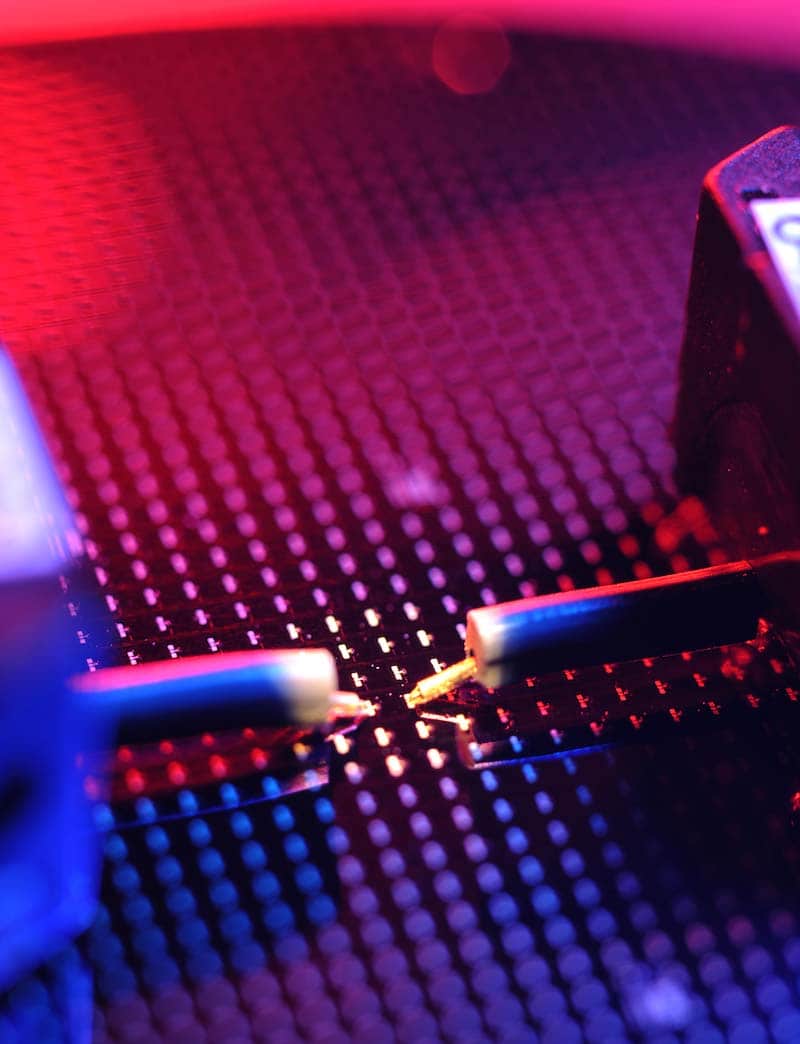
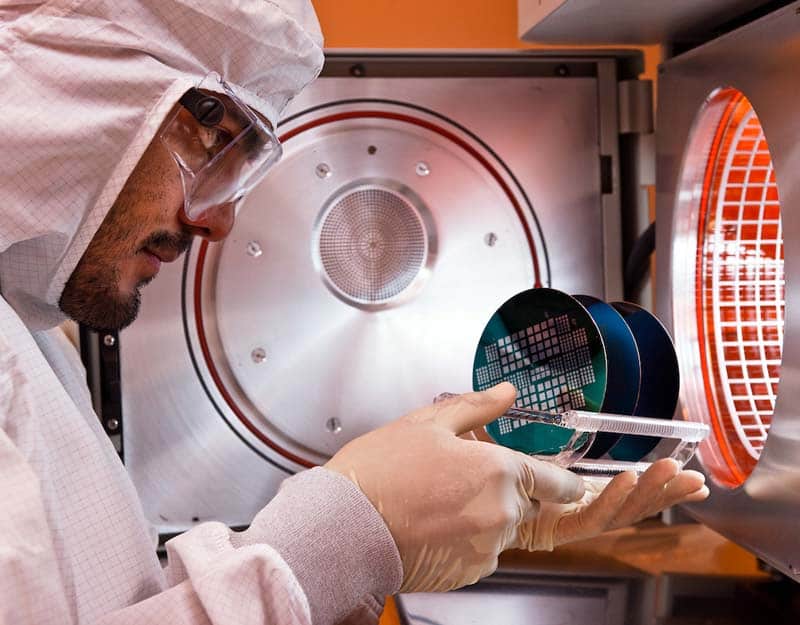
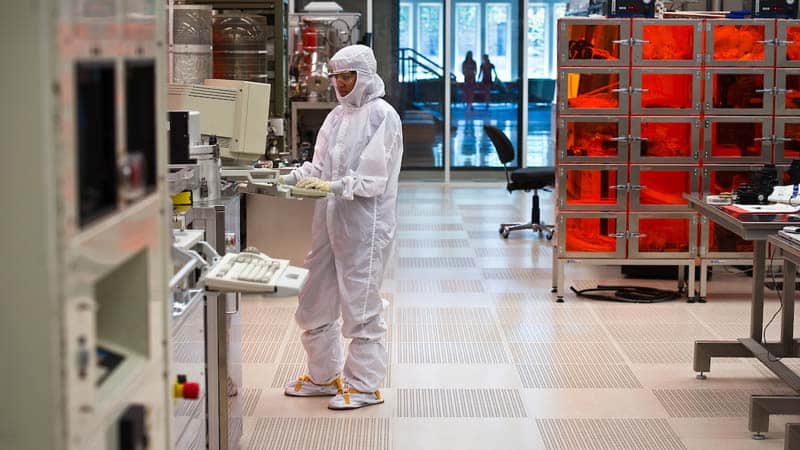
Like with ASCENT, investments for physical and human infrastructure have distinguished Notre Dame as an institution that can support large, far-reaching research programs as well as help faculty break new ground in discovery.
“It’s one thing to have fiscal investment and the proper infrastructure with cutting-edge capabilities, but it’s quite another to have faculty that drive the ideas, discoveries and interdisciplinary collaborations that lead to these incredible awards,” said Bernhard. “All of it—investment, infrastructure, and human capital—were necessary for growing a successful research program at Notre Dame, but the talents of the faculty were key.”
In the last decade, as Notre Dame has become one of the fastest growing research institutions in the country, these research investments and programs have directly benefited undergraduate, graduate and postdoctoral education. Today, more than a third of all undergraduate students participate in original research across all seven colleges and schools, making it a significant part of the Notre Dame student experience. In the last five years, each valedictorian and salutatorian has participated in some form of research or scholarship, ranging from environmental protection to global migration and from public policy to protein folding.
“With these things as a foundation, I truly believe research at Notre Dame will continue to thrive in the years ahead.” — Provost Thomas G. Burish
The investment in research also comes with new opportunity, including scholarship or education experiences as well as new degree distinctions and internships. For the Advanced Diagnostics and Therapeutics initiative, this comes in the form of four different fellowship opportunities for undergraduate and graduate students, touching numerous clinical fields. The development of this initiative and its leadership team – Paul Bohn and Norman Dovichi – helped propel Notre Dame’s analytical chemistry graduate program to 13th in the country, according to U.S. News and World Report.
“Attracting premier graduate students and postdoctoral scholars is vital for supporting successful research programs across campus,” said Laura Carlson, vice president and associate provost and dean of the Graduate School as well as professor of psychology. “Just as much as graduate and postdoctoral students learn from working in the lab or another scholarship setting, they also provide their own perspectives that can invigorate fresh ideas into established research programs.”
Since its initial research investment, the University has continued to identify new areas of focus that emphasize faculty expertise and break new ground. In 2018, Notre Dame unveiled the largest Mach 6 quiet hypersonic test facility in the U.S., with plans to continue its long-standing research relationships with fellow Indiana research institutions by collaborating with Purdue University to develop a Mach 8 quiet wind tunnel. Now, Notre Dame is planning to build the nation’s first Mach 10 quiet wind tunnel. This program builds on the University’s expertise in aerospace research and historic relationship with the United States’ military.
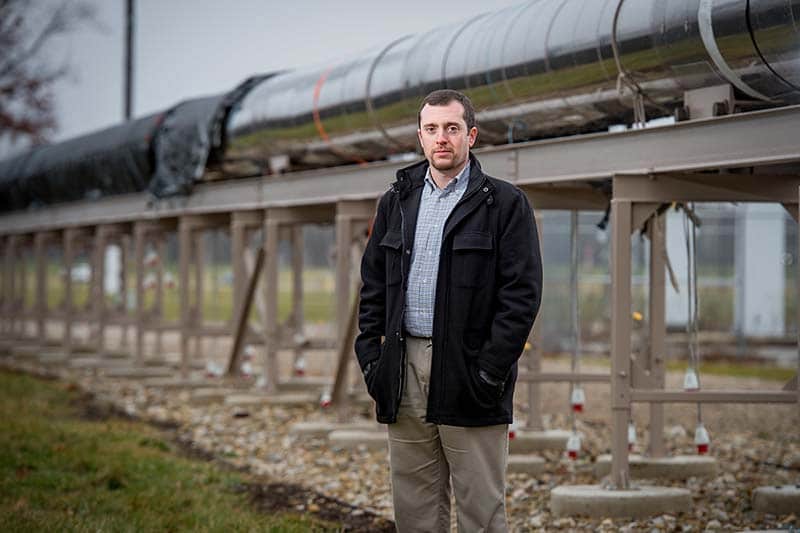
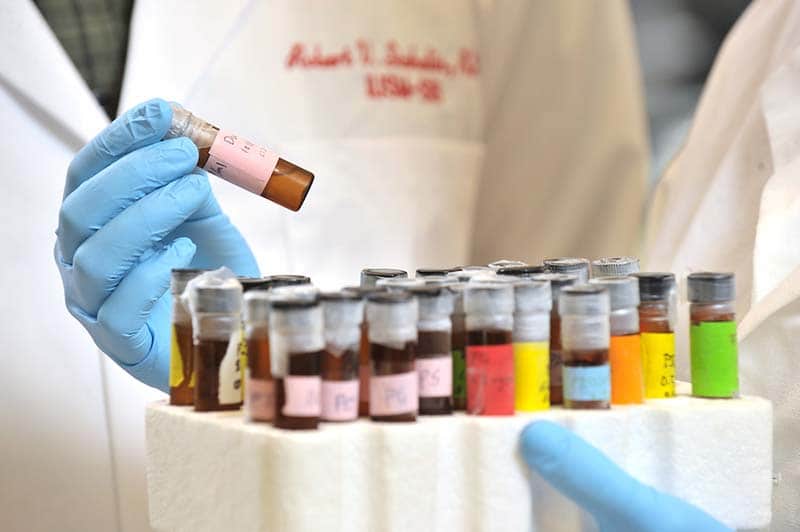
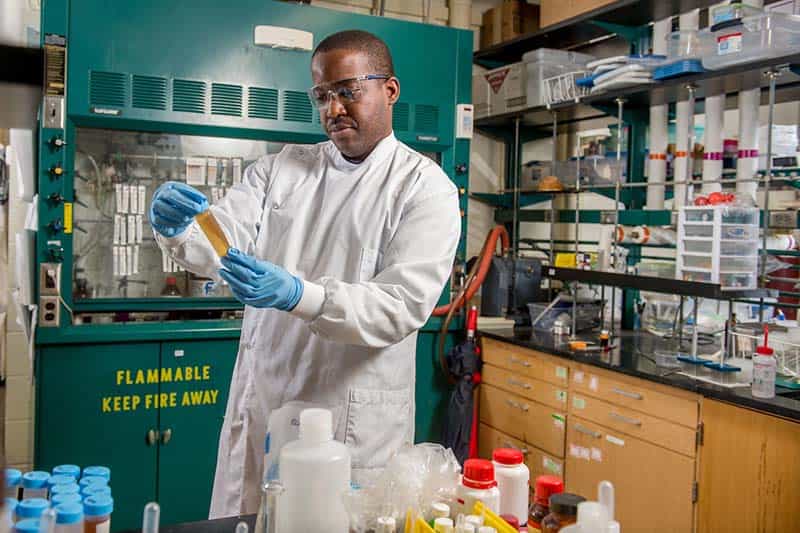
There is also a need to fund programs that are distinct to how Notre Dame uses research to serve, including close to home. In 2020 the University will launch the Health and Well-being Initiative that will integrate social, physical, spiritual, mental, emotional and environmental factors to advance health-related research, scholarship and policy. To help connect individual research programs to broad, significant and emerging health-related challenges, the new Office of Clinical Partnerships will establish working relationships, across the full spectrum of health, with external partners in the community of South Bend and beyond.
The University’s distinct approach to research has allowed for tremendous growth in a short period of time. “The significant growth in scholarship, research, and other forms of creative expression are the result of many factors,” Burish said.
“They include the hustle, creativity, and commitment of our faculty; the generosity of our alums, parents, and supporters; the investment of the University in space, facilities, and funds for pilot projects and faculty start-up packages; and the discipline to focus investments on areas where we had the ability to truly excel. Equally important was our focus on the University’s Catholic values and commitment to being a force for good in the world. With these things as a foundation, I truly believe research at Notre Dame will continue to thrive in the years ahead.”
